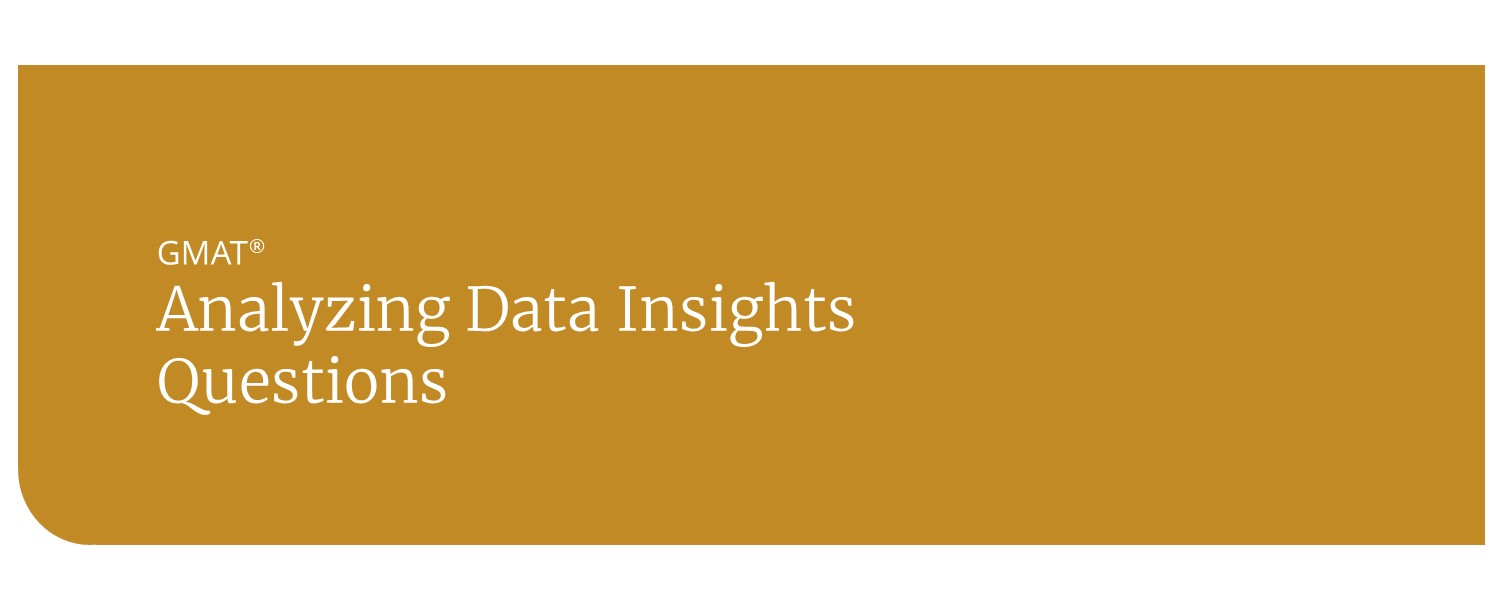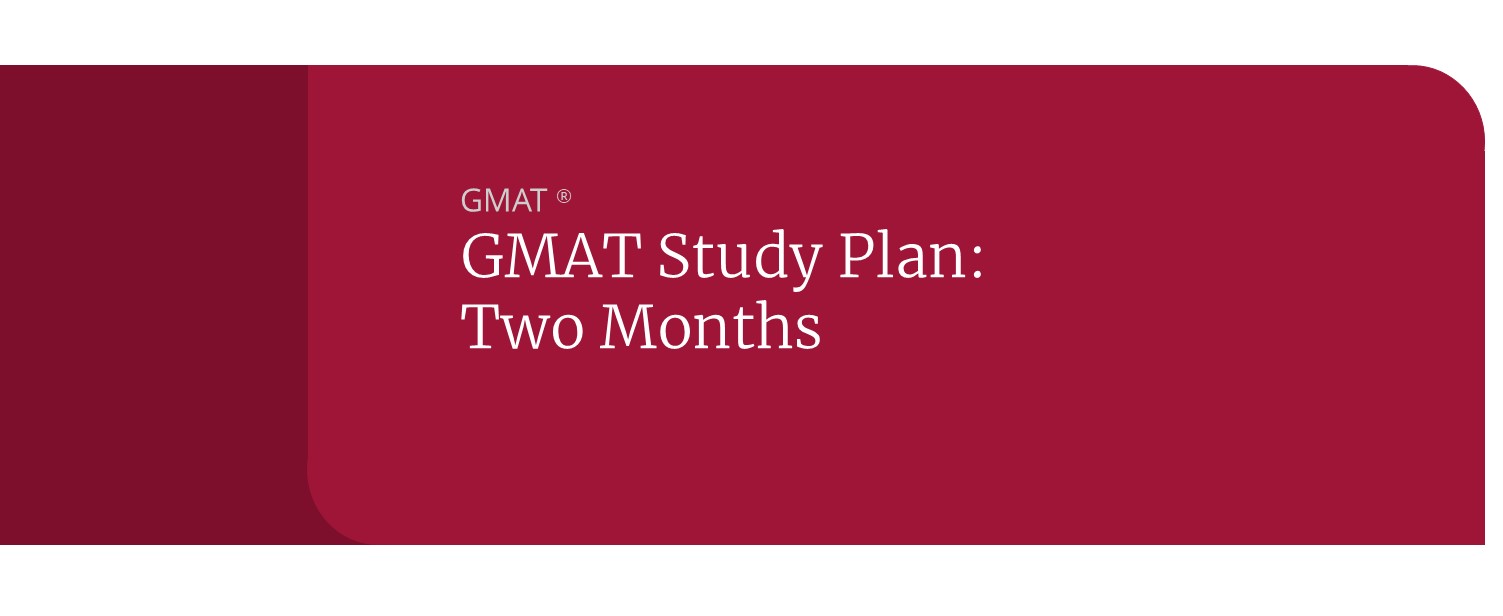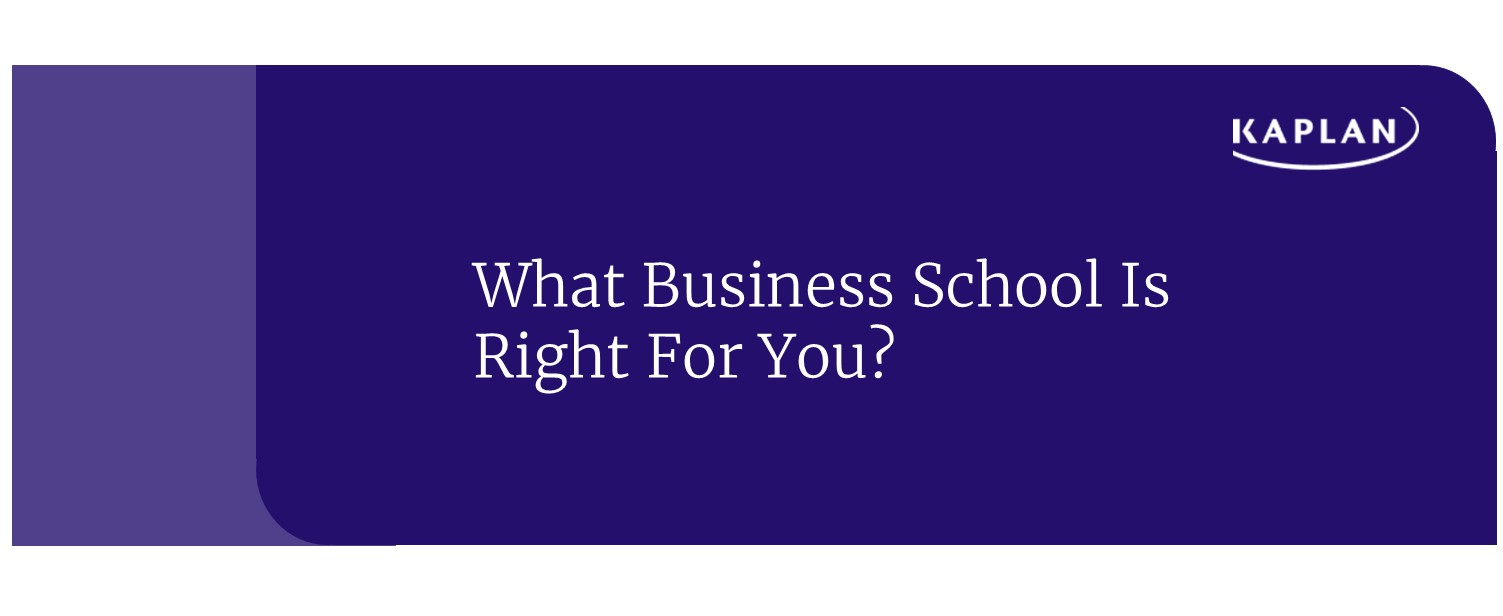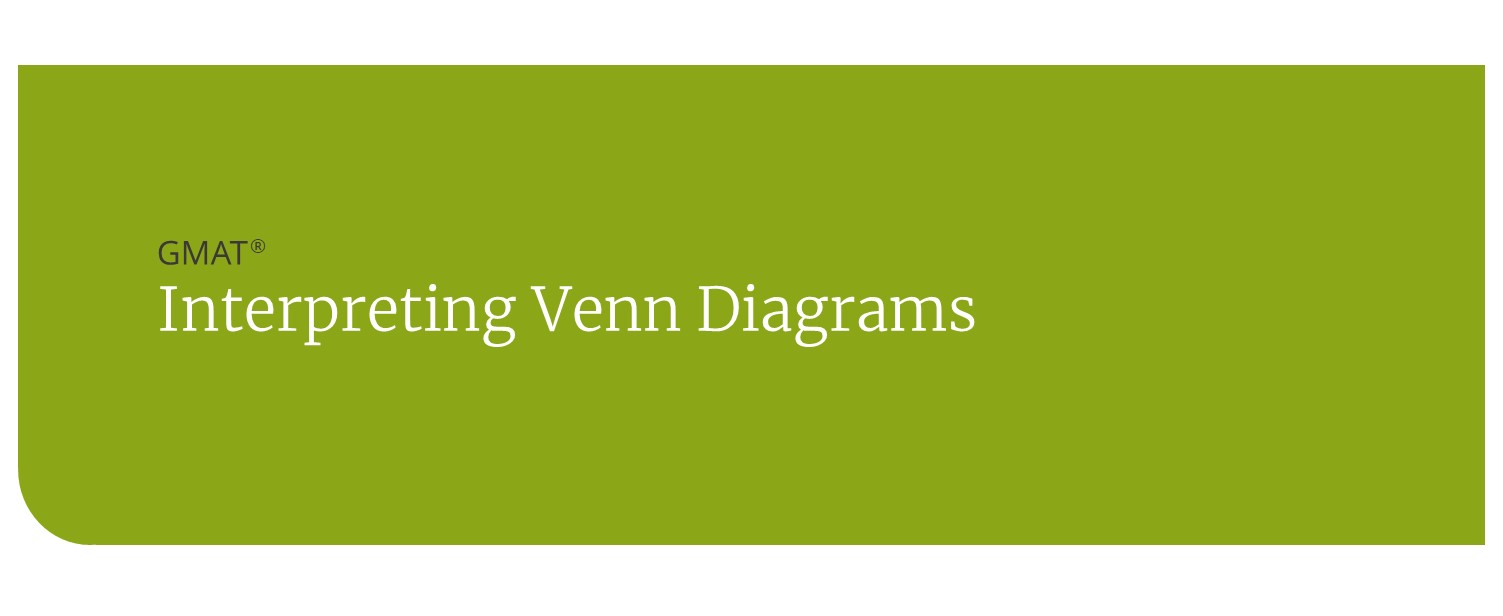GMAT Quantitative Elimination Strategies
As with all multiple choice tests, there is more to strategy than simply trying to answer the question. Answer choices are gifts that test-takers must take advantage of. Every effective test-taker must understand the strategies used to efficiently eliminate wrong answer choices. These will help you save time, and more importantly, they may lead you to the correct answer even when you’re not as confident about the material as you would like to be.
Practice Questions
Now, let’s look at some examples of problems that would benefit from these elimination strategies, and then we’ll properly solve them.
Explanation
THE CORRECT ANSWER IS A.
First, since we are to find the greatest value of m, we should eliminate E, which is the greatest available number.
Now, let’s answer the question. Since we are looking for the largest number, start with the greatest number remaining and work toward the smallest number. The first number that works will be the answer.
Let m=3. Then p / 10^m = 1*2*3*4*5 / 10^3 = 120/100 = 3/25 (not an integer).
Next, let’s try m=2. p / 10^m = 1*2*3*4*5 / 10^2 = 120 / 100 = 6/5. not an integer.
Now, let m = 1. p / 10^m = 120/ 10 = 12. There’s our integer, and our answer is A.
Question 2
After being marked down 20 percent, a calculator sells for $10. The original selling price was
a. $20
b. $12.50
c. $12
d. $9
e. $7
First, we can say that twenty dollars is just too large. The discount was only 20 percent, so eliminate A. Both D and E are impossible since they are less than the selling price. 12 is a kind of eye catcher since 20 percent of 10 is 2 and 10+2 = 12. B seems the most likely answer based on elimination strategies, but let’s do the math just to make sure.
To answer the problem, it’s easiest to convert the information into an equation. Why not convert the phrase “being marked down 20 percent” to “.8x, since taking 20 percent off is the same thing as paying 80 percent of the price:
.8x = 10
x= 10/ .8
x=12.5
Question 3
The distance between cities A and B is 120 miles. A car travels from A to B at 60 miles per hour and returns from B to A along the same route at 40 miles per hour. What is the average speed of the round trip?
a. 48
b. 50
c. 52
d. 56
e. 58
First, we can eliminate 50 (the mere average of 40 and 60) since that would be too simple a calculation. The average must be closer to 40 than to 60 because the car travels for a longer time at 40 mph. But 48 is the only number given that is closer to 40 than to 60. Based on common sense and elimination, the answer is A.
Here is how to calculate the problem:
Remember that average speed = total distance / total time.
A car traveling at 40 mph will cover 120 miles in 3 hours. And a car traveling at 60 mph will cover the same 120 miles in 2 hours. So the total traveling time is 5 hours. Thus, for the round trip, the average speed is (120 + 120) / 5 =48
If w is 10 percent less than x, and y is 30 percent less than z, then wy is what percent less than xz?
a. 10 %
b. 20%
c. 37%
d. 40%
e. 100%
We should be skeptical of A since it repeats the number 10 from the problem. We can also be skeptical of B, D, and E since they can be derived from simple calculations.
For example:
20= 30-10.
40=30+10.
100 = 10 * 10.
Elimination strategies point to c as the answer, but let’s make sure it’s correct.
This is a simple translation problem:
The expression “w is 10 percent less than x” can be written as:
w = x – .1x
w=.9x
The same goes for the relationship between y and z:
y =z-.3z
y=.7z
Multiply the two expressions, and you get:
wy= (.9x) (.7z) = .63 xz
Now we must translate .63xz in order to express “wy is what percent less than xz:”
wy = xz – .37xz
This means that wy is 37 percent less than xz.




